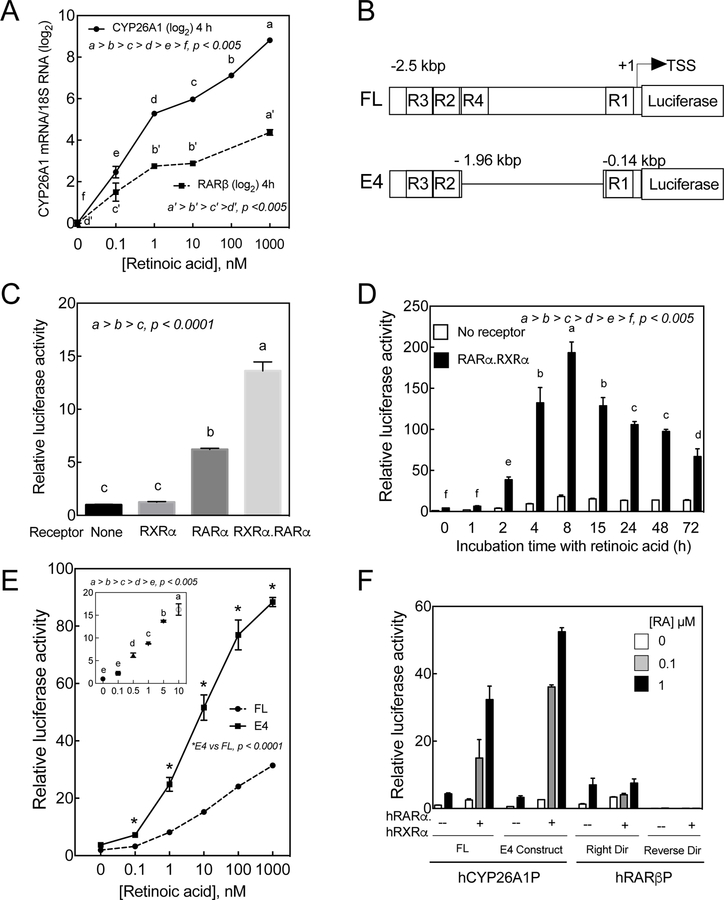Figure 2. CYP26A1 gene is highly responsive to RA in HepG2 cells.
A. HepG2 cells were incubated with 0 to 1 µM RA for 4 h and then subjected to total RNA extraction and analysis for CYP26A1 and RARβ mRNA expression using 18S ribosomal RNA as the internal control. B. Schematic representation of the full-length* (FL) and deleted forms (E4) of hCYP26A1 gene in pGL3-basic vector containing luciferase as the reported gene. R1, R2, R3 and R4 represent retinoic acid response elements (RARE) C. HepG2 cells cotransfected with E4 construct together with an expression vector containing both RARα and RXRα were more responsive to RA (1 nM) than with the expression vector containing only RARα. D. Kinetic response to RA (1 µM) of HepG2 cells cotransfected with the E4 promoter construct of hCYP26A1 gene without or with the RARα.RXRα expression vector. E. Full-length or E4 constructs of hCYP26A1 gene responded dose dependently to RA in HepG2 cells cotransfected with RARα.RXRα expression vector. F. Both FL and E4 promoter constructs of hCYP26A1 gene responded significantly better to RA than FL promoter of RARβ promoter in HepG2 cells cotransfected with RARα.RXRα expression vector.

